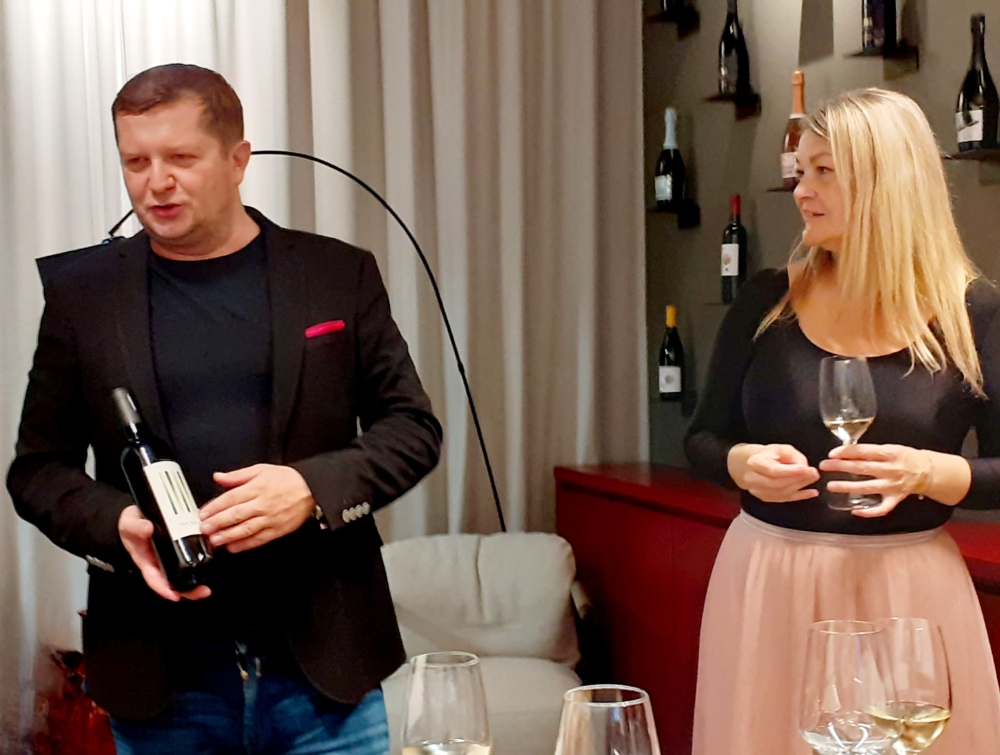September the 21st, 2024 – A recently held Enosophia event delved deeper into the roles of Graševina & Frankovka, the Slavonian yin & yang.
In Enosophia’s showroom in Zagreb, a presentation was held for the media and wine professionals in collaboration with the diWine Club and Enosophia. The event discussed the roles of Graševina & Frankovka in shaping the wine identity of Slavonia, highlighting their importance in branding this region as a wine tourism destination.
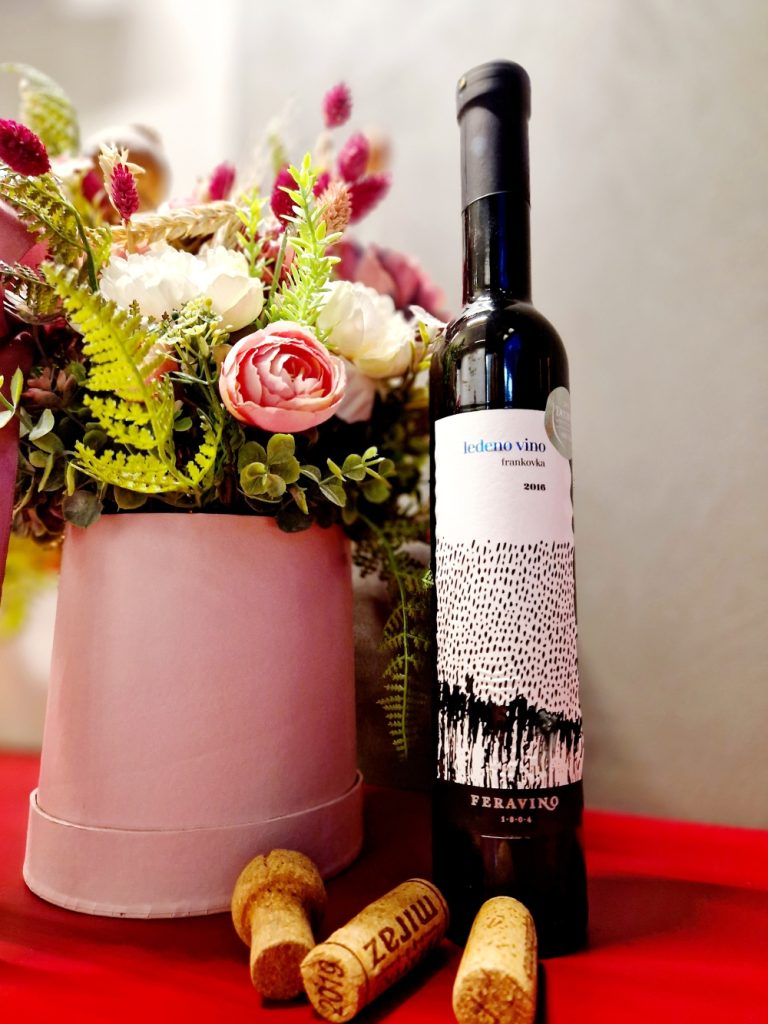
Although Croatia, as a small country with excellent wines, boasts a large number of indigenous grape varieties, they are generally not present in Slavonia, or at least don’t hold a significant share of production. International varieties in Slavonia and the Danube region undeniably yield excellent results due to several factors. These include the region’s traditional winegrowing history dating back to ancient times, its reputation for exceptional food and hospitality, and its growing appeal as a destination for its natural beauty. But can this region compete with top global wines using varieties like Pinot Noir, Syrah, Merlot, or Cabernet Sauvignon? Perhaps, but the choice of which varieties to highlight and build the region’s wine identity around is a strategic decision, not a trivial one.
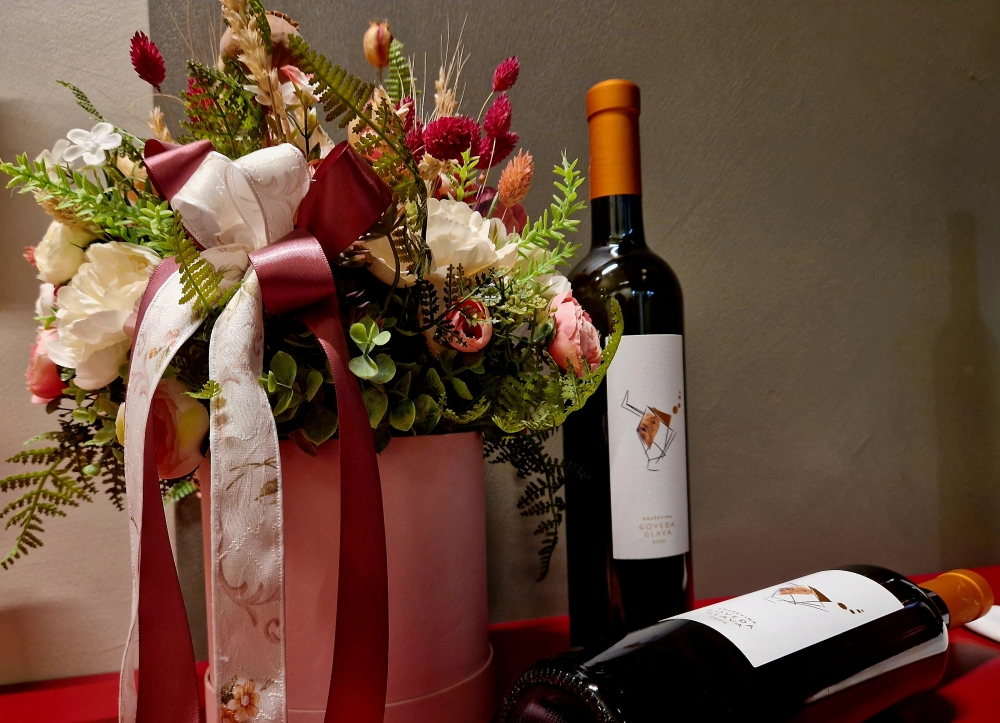
Graševina, as Croatia’s most important white variety, has, through the hard work of winemakers and the Graševina Croatica association over the past 15 years, evolved from a simple wine for spritzers to a top-quality wine in all its expressions. It has naturally established itself as the signature wine of Slavonia. While it thrives in other regions of Croatia, it is in Slavonian vineyards that it shows its best qualities, easily expressing irresistible varietal characteristics and a full-bodied flavor. This is evidenced by the continuous increase in vineyard plantings, its market demand, and its affirmation on the global wine map, confirmed by numerous awards and accolades.
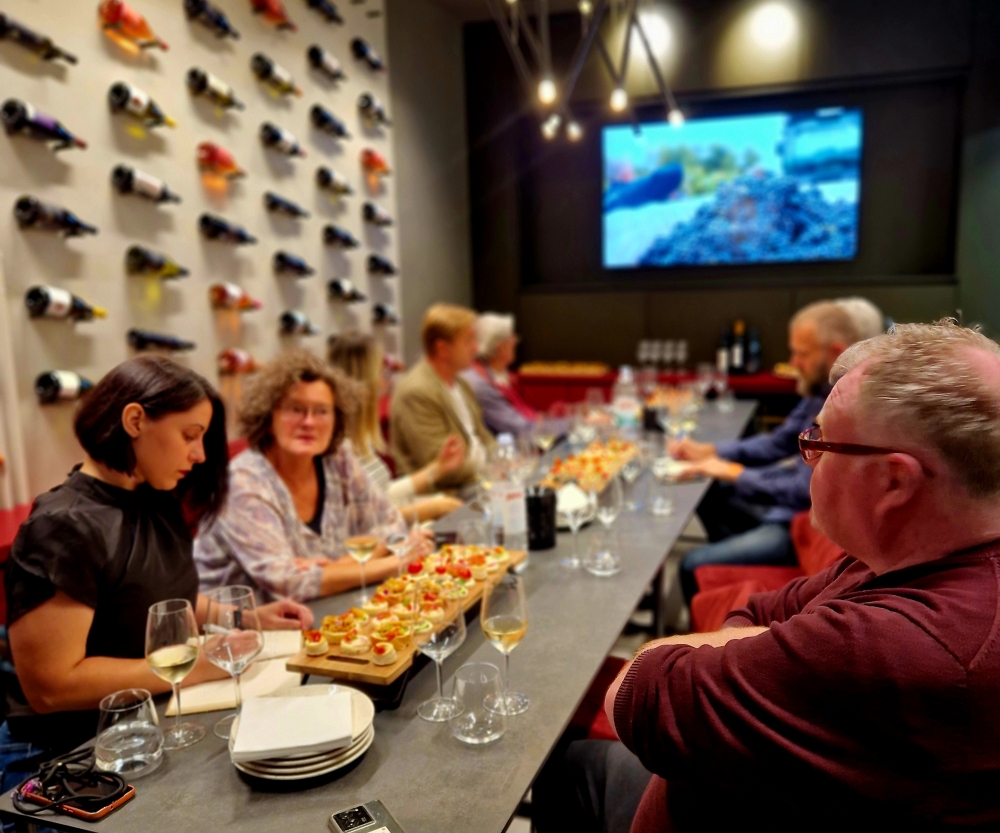
The excellent work with Graševina should certainly continue, but is it finally time for it to have a counterpart among the red varieties? It seems so, and Frankovka could be that variety.
Long neglected by both the market and winemakers, this highly potent variety is finally getting the attention it deserves. Enosophia has dedicated significant focus to Frankovka, which has always been cultivated in the Feričanci region. A notable role in what they call the “new era of Frankovka” is played by the commendable project of clonal selection, which Enosophia started in 2022 in collaboration with the Faculty of Agriculture in Zagreb. At the Srednjak site in Feričanci, a historic planting of a new mother vineyard for Frankovka began. This planting marked a crucial moment, not only for the winery but for the entire Feričanci wine region. Elite vines from old vineyards planted in 1973 were marked, monitored, and tested for viruses throughout the year. After preparing the grafts and cultivating the seedlings, around 25,000 were planted across 5 hectares. The main goal of this planting is to create a recognizable and consistent clone, known as the Feričanci Frankovka clone, which radically improves the variety and helps preserve the long-standing tradition of growing Frankovka in this region.
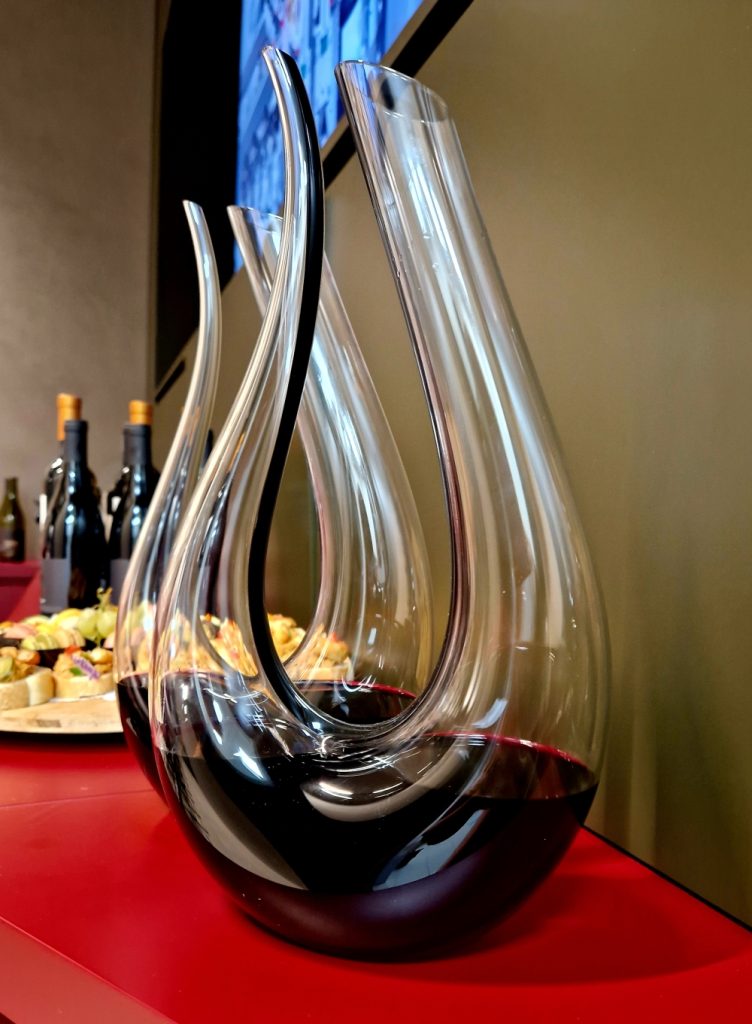
“We don’t have to look far to see the potential of Frankovka; it’s enough to visit our neighbors in Austria or Hungary. I see no reason why Frankovka couldn’t achieve the same or even better results in Slavonia, which has even better growing conditions,” commented sommelier Darko Lugarić. “If you had asked anyone 20 years ago whether Graševina could be anything other than a one-liter bottle for spritzers, most would have said no. But look at Graševina today! It’s the same with Frankovka. Every variety can produce excellent wines in multiple expressions, and Frankovka is an extremely potent variety that can offer much more than what we are used to in Croatia,” added Franjo Francem, sommelier and president of the Croatian Sommelier Club.
The success of Enosophia’s Frankovka, which can be tasted in several expressions—from young wines to elegant aged reds, and even as a late harvest wine—has been confirmed not only by numerous customers but also by domestic and international awards for quality.
“When we started breaking into the market, we encountered both direct and indirect rejections, and there was general distrust from customers towards this variety, which had left a bad impression on many due to poor quality in the past. It seemed like people couldn’t believe that Frankovka could produce good wine. But we persisted, and today we are witnessing a completely different situation—our Frankovka is in high demand and is one of our best-selling wines. Restaurants easily pair it with meat dishes, adding a gastronomic dimension to the experience, and it is consumed with equal intensity both on the continent and along the coast,” explained Hrvoje Sarić, Enosophia’s sales representative and one of the presentation hosts.
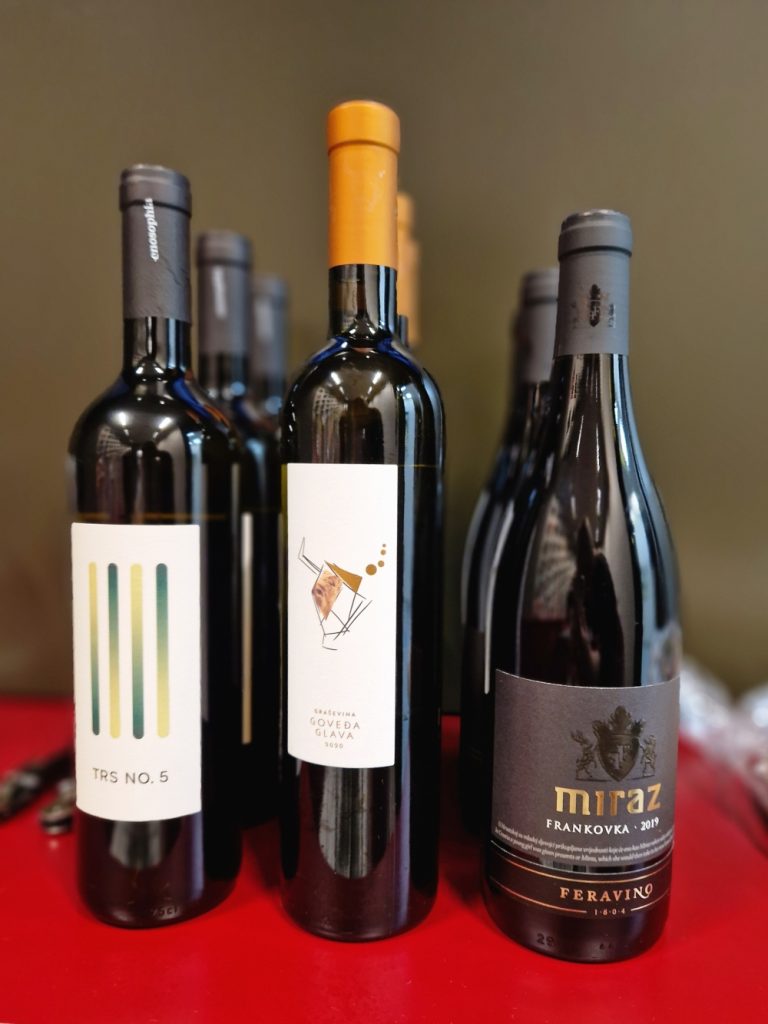
The conclusion is that Slavonia’s red future is not so bleak after all. However, continued work on branding Frankovka is essential, with wineries like Enosophia playing a key role, as their production volumes, market influence, and marketing power have the ability to shape and even create new wine trends. Graševina & Frankovka, in their best expressions, as Slavonia’s yin and yang—two varieties that perfectly complement each other—are a trend that wine lovers will gladly embrace, don’t you think?
The Enosophia winery owns about 160 hectares of vineyards, evenly divided between white and red varieties, with Graševina and Frankovka dominating. The assortment also includes Sauvignon Blanc, Chardonnay, Cabernet Sauvignon, Cabernet Franc, Pinot Noir, Syrah, and Merlot. Annual production ranges between 800,000 and one million bottles, which are sold in three specialized lines—Dika, Miraz, and Enosophia. The vineyards feature a diversity of micro-locations, which is reflected in the positions, soil composition, vineyard age, and yields. This diversity allows for different production techniques to be applied, ensuring the best grapes for each wine style. In other words, each of the eight vineyard micro-locations is tailored to the creation of a specific wine label.
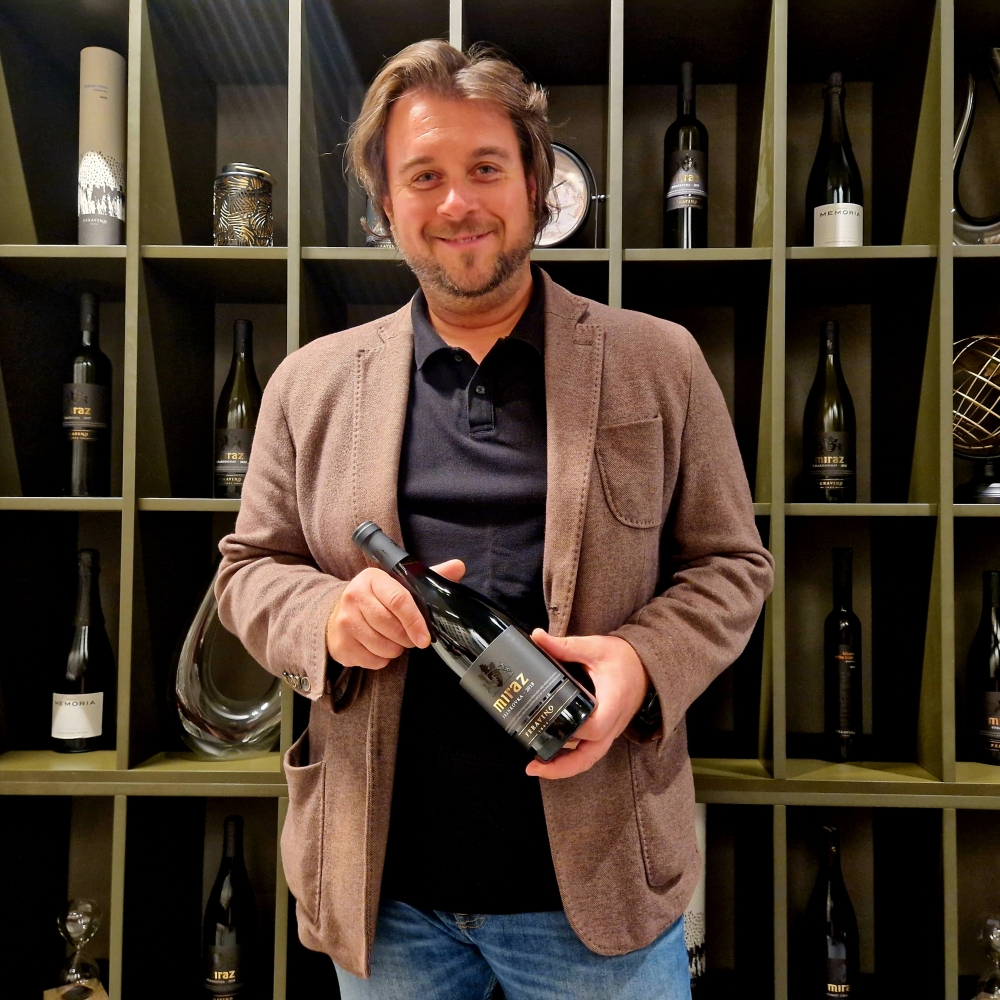
In addition to the restored old cellar from 1804, which is open to visitors by appointment, Enosophia recently renovated the Mihalović manor, built in the late 18th century, providing Slavonia with a premium accommodation unit suitable for private visits as well as high-level business meetings.
During the presentation, the wines Memoria (100% Riesling sparkling wine), Trs No.5 (Graševina), Goveđa glava (aged Graševina), Miraz Frankovka, and Frankovka Ice Wine were tasted. The presentation was led by Hrvoje Sarić, Enosophia’s sales representative, and Irena Lučić, owner of diWine Club, with musical accompaniment by singer-songwriter Jasenko Trbojević.

